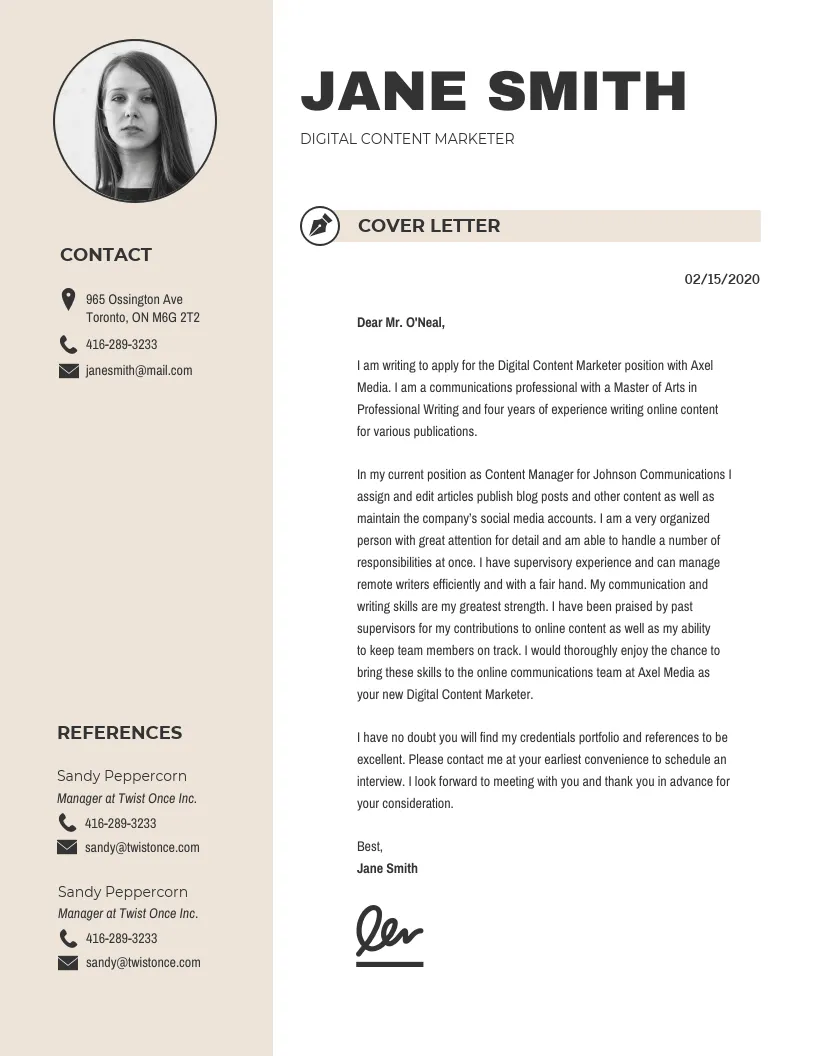What is a Creative Cover Letter
A creative cover letter is more than just a formal document; it’s a powerful tool to showcase your personality, skills, and unique approach to potential employers. Unlike traditional cover letters that often follow a rigid format, creative cover letters allow for a more innovative and visually appealing presentation. The goal is to capture the reader’s attention from the start and leave a lasting impression. This can be achieved through various design elements, layout choices, and a compelling narrative that highlights your qualifications in a memorable way. By embracing creativity, you can differentiate yourself from other applicants and increase your chances of securing an interview. The key is to balance creativity with professionalism, ensuring that your design complements your content and reflects your personal brand effectively. Consider it your first opportunity to demonstrate your ability to think outside the box and make a statement before even stepping into the interview room. It is all about making a positive first impression, showing you’re more than just another resume.
Benefits of Using Creative Cover Letter Designs
The benefits of using creative cover letter designs are numerous and can significantly impact your job application. Firstly, it helps you stand out from the crowd. In a competitive job market, where recruiters often receive hundreds of applications, a creatively designed cover letter grabs their attention and makes you memorable. Secondly, creative designs can effectively convey your personality and brand. It gives you the opportunity to showcase your individuality and demonstrate your understanding of design principles. This is especially beneficial for roles in creative industries. Thirdly, creative cover letters can improve readability and engagement. A well-designed letter can make it easier for the reader to absorb information, highlighting key skills and experiences through visual cues. Furthermore, they can show your attention to detail and your willingness to go the extra mile. It demonstrates that you’ve put thought and effort into your application, suggesting that you’re committed to the role. Finally, creative cover letters can increase your chances of getting noticed and getting an interview, ultimately leading to career opportunities. Embrace the opportunity to make your application distinctive, which can potentially set you apart from others and increase your chances of landing your dream job.
Design Idea 1: The Modernist Approach
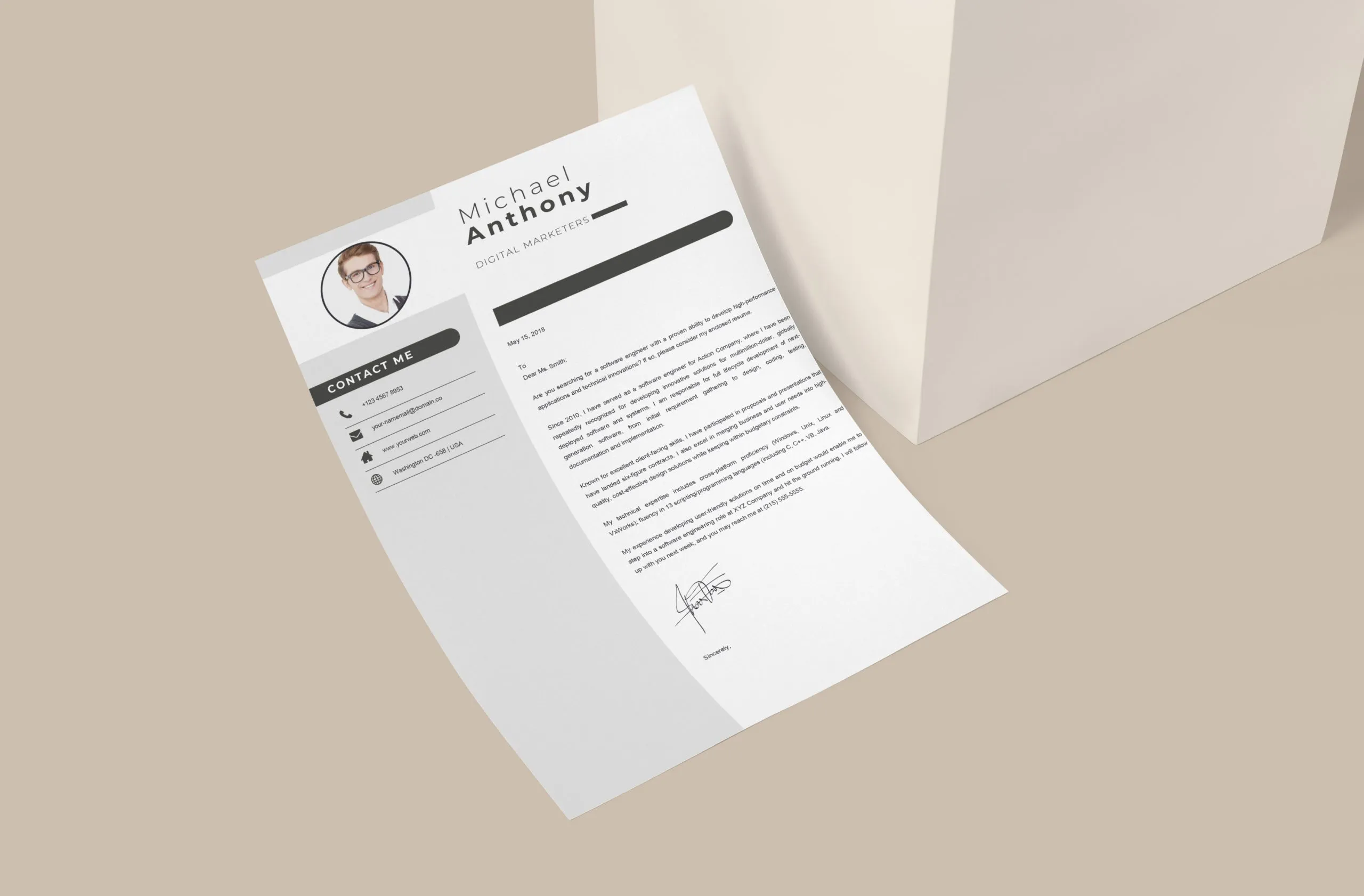
The Modernist approach to cover letter design emphasizes simplicity, functionality, and a clean aesthetic. It often involves a minimalist layout with ample white space, clear typography, and a focus on visual hierarchy. The goal is to create a design that is easy to read and visually appealing without being overly complex or distracting. This style is particularly well-suited for roles where professionalism and attention to detail are highly valued. It conveys a sense of order and efficiency, which can be very attractive to potential employers. Modernist designs often incorporate a limited color palette, typically using neutral colors like white, gray, and black, with a pop of color to highlight key information or branding elements. By adhering to these principles, you can create a cover letter that is both stylish and functional, effectively communicating your qualifications while making a positive impression.
Elements of the Modernist Design
Key elements of the Modernist design include a clean layout with a strong grid structure. This grid helps organize content logically and ensures that all elements are aligned consistently. Use of sans-serif fonts, such as Helvetica or Arial, as these fonts are easy to read and convey a sense of modernity. Minimal use of color, using a limited palette (e.g., black, white, and a single accent color) to avoid visual clutter. A clear visual hierarchy, using size, weight, and placement to guide the reader’s eye and highlight key information. Plenty of white space to give the design breathing room and prevent it from feeling cramped. High-quality imagery, if used, to add visual interest without distracting from the content. The overall goal is to create a design that feels sophisticated and professional, focusing on clarity and ease of use.
Tips for Implementing the Modernist Design
When implementing a Modernist design, start by selecting a simple, readable font and a consistent color palette. Use a grid system to structure your layout, ensuring that all elements are aligned and balanced. Prioritize white space, as it creates a sense of visual calm and allows the reader’s eye to rest. Keep your content concise and to the point, focusing on the most important information. If using images, make sure they are high-quality and relevant to your application. Avoid excessive ornamentation or visual clutter, as the goal is to create a clean and uncluttered design. Consider using a professional cover letter template to guide your design process. Remember to proofread your cover letter carefully to ensure that it is free of errors and reflects your attention to detail. By following these tips, you can create a Modernist cover letter that is both visually appealing and effective.
Design Idea 2: The Minimalist Approach
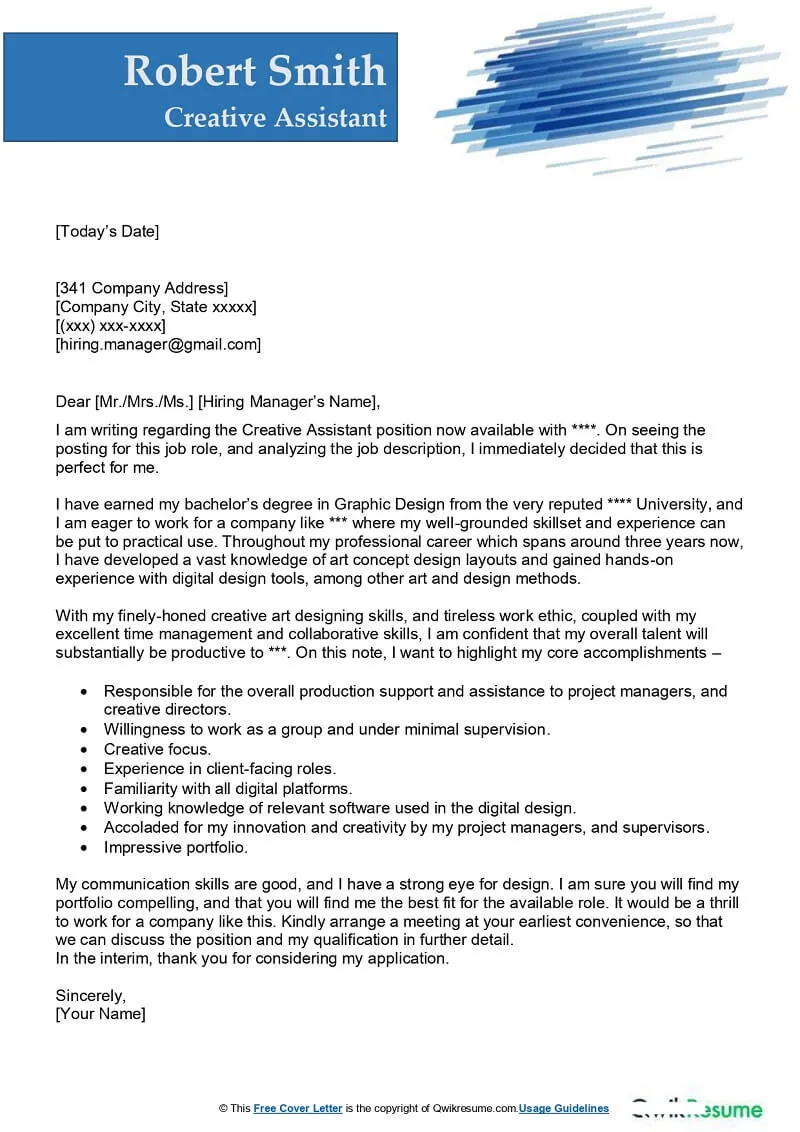
The Minimalist approach takes the Modernist design principles even further, emphasizing extreme simplicity and removing all unnecessary elements. The focus is on the bare essentials, allowing the content to take center stage. This approach is ideal for applicants who want to convey a sense of professionalism and sophistication while still being creative. Minimalist designs typically feature a clean layout, a limited color palette, and a focus on typography. The goal is to create a design that is both elegant and functional, communicating information clearly and efficiently. By embracing minimalism, you can create a cover letter that is both visually striking and easy to read, leaving a lasting impression on potential employers. It’s about doing more with less – making every element count and ensuring that your message is conveyed clearly and effectively.
Elements of the Minimalist Design
Key elements of a Minimalist design include a sparse layout with a strong emphasis on white space. Use of a very limited color palette, typically consisting of just one or two colors, often black and white, or a very light neutral color. A focus on typography, selecting a clean, readable font and using it consistently throughout the cover letter. Minimal use of graphics or illustrations, with any images used being simple and purposeful. A clear visual hierarchy, using font size, weight, and placement to guide the reader’s eye. A sense of balance and symmetry, creating a harmonious and visually pleasing design. The overall goal is to create a design that feels clean, uncluttered, and sophisticated.
Tips for Implementing the Minimalist Design
When implementing a Minimalist design, the key is to remove all unnecessary elements. Start by creating a simple, uncluttered layout with plenty of white space. Choose a clean, readable font and use it consistently throughout the cover letter. Limit your color palette to one or two colors, preferably neutral tones. Ensure that your content is concise and to the point, focusing on the most important information. Use a grid system to structure your layout and ensure that all elements are aligned. Avoid using excessive graphics or illustrations, opting for simplicity. Pay attention to the details, such as the kerning and leading of your text. Proofread your cover letter carefully to ensure that it is free of errors. Consider using a minimalist cover letter template to guide your design process. The goal is to create a design that is both elegant and functional.
Design Idea 3: The Infographic Approach
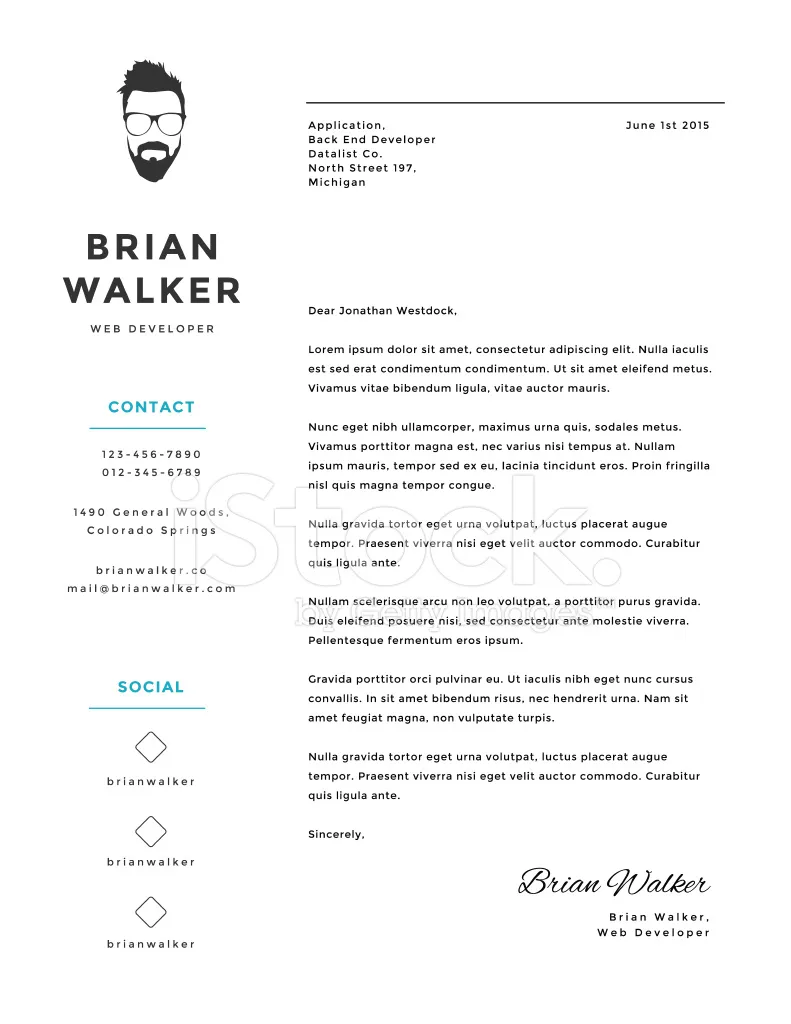
The Infographic approach transforms your cover letter into a visually engaging and data-driven representation of your skills and experiences. This approach uses charts, graphs, icons, and other visual elements to present information in a concise and easily digestible format. This design is particularly effective for candidates in data-driven or creative fields, allowing you to showcase your abilities in a unique and memorable way. An infographic cover letter can highlight your achievements and qualifications more effectively than a traditional letter, making it easier for recruiters to quickly grasp your value. The key is to present your information in a clear, organized, and visually appealing manner. It allows you to tell a story about your professional journey, demonstrating your ability to communicate complex information in a simple, engaging way.
Elements of the Infographic Design
Key elements of an Infographic design include a visually appealing layout that incorporates charts, graphs, and icons. Use of color to categorize information and draw attention to key data points. Clear and concise text, focusing on key achievements and skills. A clear visual hierarchy, using size, color, and placement to guide the reader’s eye. A well-organized structure that presents information logically and efficiently. A consistent style and branding that reflects your personal brand. The overall goal is to create a design that is both informative and engaging, making it easy for the reader to understand your qualifications at a glance.
Tips for Implementing the Infographic Design
When implementing an Infographic design, the first step is to select a design layout, such as a timeline or a skills matrix. Use data and statistics to highlight your achievements and qualifications. Choose relevant icons and graphics that visually represent your skills and experiences. Use a consistent color palette and branding to create a cohesive design. Keep your text concise and to the point, focusing on key information. Ensure that all elements are well-organized and easy to understand. Consider using an Infographic cover letter template to guide your design process. Proofread your cover letter carefully to ensure that it is free of errors and that all data is accurate. The goal is to create a visually stunning, easy-to-read cover letter that showcases your value to potential employers.
Design Idea 4: The Bold & Colorful Approach
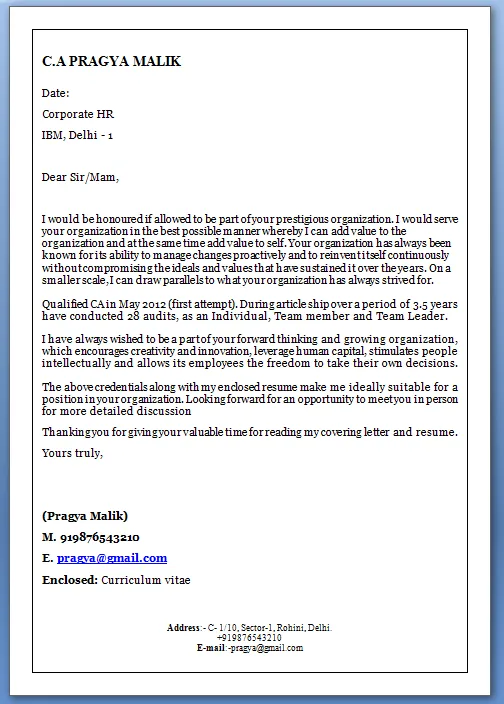
The Bold & Colorful approach embraces vibrant colors, striking typography, and creative layouts to make your cover letter stand out. This approach is well-suited for candidates in creative fields, such as graphic design, marketing, or fashion, who want to showcase their design skills and personality. A bold and colorful cover letter can capture the attention of recruiters and leave a memorable impression. The key is to balance creativity with professionalism, ensuring that the design is visually appealing but not distracting from the content. Use of color to highlight key information or to create a visually engaging design. It allows you to express your individuality and demonstrate your design skills. It will showcase your design skills, and make a positive and memorable impact.
Elements of the Bold & Colorful Design
Key elements of a Bold & Colorful design include a vibrant color palette, using bright and eye-catching colors. Bold typography, selecting unique and visually striking fonts. A creative layout, using unconventional arrangements and designs. Visual elements such as illustrations, graphics, and patterns to add visual interest. A strong visual hierarchy, using size, color, and placement to guide the reader’s eye. The overall goal is to create a design that is visually striking and memorable.
Tips for Implementing the Bold & Colorful Design
When implementing a Bold & Colorful design, start by selecting a color palette that aligns with your personal brand or the company’s branding. Choose bold and unique fonts that capture attention. Experiment with creative layouts, using unconventional arrangements and designs. Incorporate visual elements such as illustrations, graphics, and patterns to add visual interest. Ensure that your design is balanced and visually appealing. Use a professional cover letter template. Keep your content concise and to the point, and proofread your cover letter carefully to ensure that it is free of errors. The goal is to create a design that is both visually striking and memorable.
Design Idea 5: The Personalized Approach

The Personalized approach tailors your cover letter design to the specific company and role you are applying for. This demonstrates that you have done your research and are genuinely interested in the opportunity. Personalization can take various forms, such as incorporating the company’s branding colors, referencing their mission statement, or highlighting your relevant skills and experiences. A personalized cover letter conveys that you are not just sending out generic applications, but are truly invested in the position. This approach will make you stand out and greatly increase your chances of getting an interview. The key is to customize your design. This will create a deeper connection with the employer and showcase your commitment.
Elements of the Personalized Design
Key elements of a Personalized design include using the company’s branding colors, fonts, and visual elements. Referencing the company’s mission statement, values, and culture. Highlighting your relevant skills and experiences that align with the job requirements. Tailoring your design and content to the specific role and company. A thoughtful and well-crafted layout and design. The overall goal is to create a design that is tailored to the specific company and role, showcasing your genuine interest and alignment with their values.
Tips for Implementing the Personalized Design
When implementing a Personalized design, research the company’s brand, mission, and values. Analyze the job description carefully to identify the key requirements and skills. Use the company’s branding elements in your design, such as colors and fonts. Tailor your content to highlight your relevant skills and experiences. Consider adding a personalized touch, such as a reference to a recent company event or achievement. Ensure that your design is visually appealing and well-organized. Proofread your cover letter carefully to ensure that it is free of errors and that all information is accurate. The goal is to create a cover letter that demonstrates your genuine interest in the role and company, making a strong impression on the recruiter.
